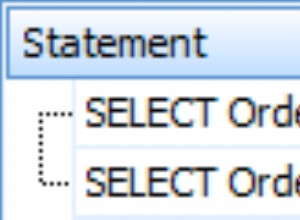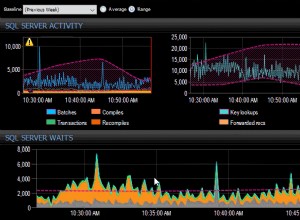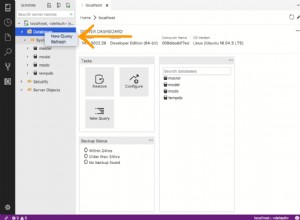Primeiro, corrija o modelo para que as coleções tenham nomes no plural e os objetos tenham um único, caso contrário, seu código ficará muito confuso:
building.cs
public List<Battery> Batteries { get; set; }
battery.cs
public long BuildingId { get; set; }
public Building Building { get; set; }
public List<Column> Columns { get; set; }
column.cs
public long BatteryId { get; set; }
public Battery Battery { get; set; }
public List<Elevator> Elevators { get; set; }
elevator.cs
public long ColumnId { get; set; }
public Column Columns { get; set; }
Agora vamos adicionar mais algumas propriedades ao modelo para que ele possa nos informar sobre as intervenções:
building.cs
public List<Battery> Batteries { get; set; }
[NotMapped]
public bool IsInIntervention => this.Status == "Intervention" || Batteries.Any(b => b.IsInIntervention);
battery.cs
public long BuildingId { get; set; }
public Building Building { get; set; }
public List<Column> Columns { get; set; }
[NotMapped]
public bool IsInIntervention => this.Status == "Intervention" || Columns.Any(c => c.IsInIntervention);
column.cs
public long BatteryId { get; set; }
public Battery Battery { get; set; }
public List<Elevator> Elevators { get; set; }
[NotMapped]
public bool IsInIntervention => this.Status == "Intervention" || Elevators.Any(e => e.IsInIntervention);
elevator.cs
public long ColumnId { get; set; }
public Column Column { get; set; }
[NotMapped]
public bool IsInIntervention => this.Status == "Intervention";
Agora você pode apenas perguntar a um prédio se é IsInIntervention e ele dirá sim se for ou se algo que ele possui é
Observação:se o modelo não tiver sido carregado com entidades, talvez seja necessário empregar um truque como este:Ef Core linq e problema de inclusão condicional e theninclude para carregá-los condicionalmente




